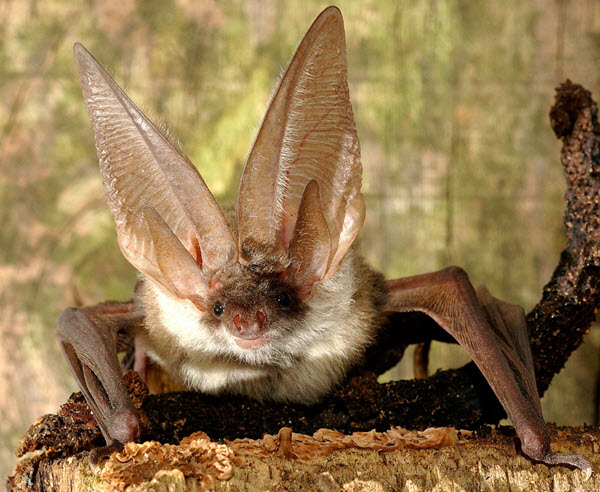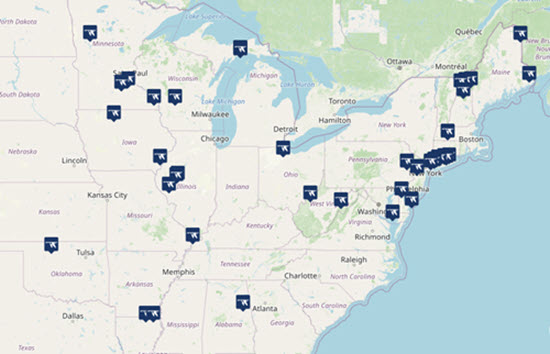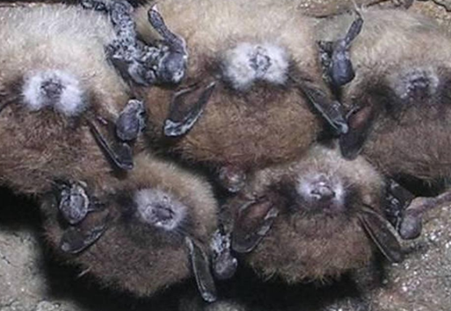Click below to listen to my 2 min. Garden Bite radio show/podcast: The case for the Northern long-eared bat 2023
I’ve written before about White Nose Syndrome and the Northern long-eared bat, and their situation is getting much worse. The US Fish & Wildlife service just announced that, starting in January of 2023, the state of Minnesota will reclassify the Northern long-eared bat from “threatened” to “endangered”.

In a press release, the Director said, “White-nose syndrome is decimating cave-dwelling bat species like the northern long-eared bat at unprecedented rates”. This from a USGS article from April 2021: White-nose syndrome has killed over 90% of northern long-eared, little brown and tri-colored bat populations in fewer than 10 years, according to a new study published in Conservation Biology. Researchers also noted declines in Indiana bat and big brown bat populations.
The range of the Northern Long-eared bat is from Minnesota east all the way to the coast and into Canada. Their range includes 37 US states.

The fungal disease is considered one of the worst wildlife diseases in modern history and has killed millions of bats across North America.
The fungus affects hibernating bats and spreads very quickly. As it grows, the syndrome causes changes in bats that make them become active more than usual and burn up fat they need to survive the winter. Affected bats may do strange things like fly outside in the daytime in the winter.

Biologists first saw bats sick and dying from white-nose syndrome in 2007 in caves near Albany, New York. However, cave explorers in that area had taken a photo of bats with a white powder on their noses the year before, so white-nose syndrome has been in North America at least since 2006.

While bats may not be something you want in your home, we DO need them as they are voracious insect eaters. In fact, bats contribute about $3.7 billion worth of insect control for farmers in the US each year. If these bats are wiped out, that means agricultural crops will use more pesticides.
